Xuechen Zhao
RLJP: Legal Judgment Prediction via First-Order Logic Rule-enhanced with Large Language Models
May 27, 2025Abstract:Legal Judgment Prediction (LJP) is a pivotal task in legal AI. Existing semantic-enhanced LJP models integrate judicial precedents and legal knowledge for high performance. But they neglect legal reasoning logic, a critical component of legal judgments requiring rigorous logical analysis. Although some approaches utilize legal reasoning logic for high-quality predictions, their logic rigidity hinders adaptation to case-specific logical frameworks, particularly in complex cases that are lengthy and detailed. This paper proposes a rule-enhanced legal judgment prediction framework based on first-order logic (FOL) formalism and comparative learning (CL) to develop an adaptive adjustment mechanism for legal judgment logic and further enhance performance in LJP. Inspired by the process of human exam preparation, our method follows a three-stage approach: first, we initialize judgment rules using the FOL formalism to capture complex reasoning logic accurately; next, we propose a Confusion-aware Contrastive Learning (CACL) to dynamically optimize the judgment rules through a quiz consisting of confusable cases; finally, we utilize the optimized judgment rules to predict legal judgments. Experimental results on two public datasets show superior performance across all metrics. The code is publicly available{https://anonymous.4open.science/r/RLJP-FDF1}.
MixTEA: Semi-supervised Entity Alignment with Mixture Teaching
Nov 08, 2023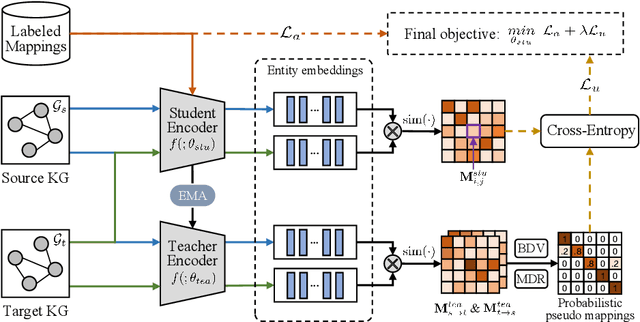
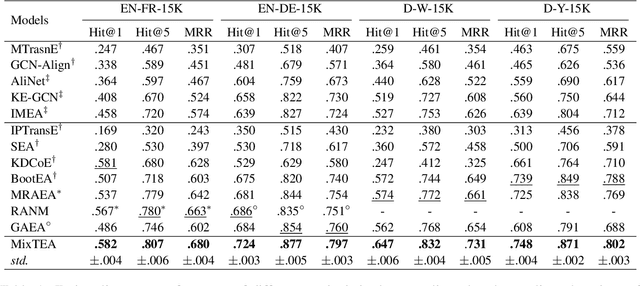
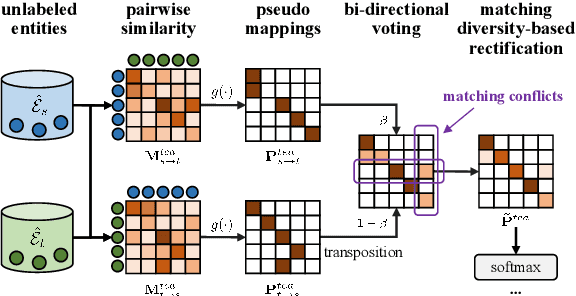

Abstract:Semi-supervised entity alignment (EA) is a practical and challenging task because of the lack of adequate labeled mappings as training data. Most works address this problem by generating pseudo mappings for unlabeled entities. However, they either suffer from the erroneous (noisy) pseudo mappings or largely ignore the uncertainty of pseudo mappings. In this paper, we propose a novel semi-supervised EA method, termed as MixTEA, which guides the model learning with an end-to-end mixture teaching of manually labeled mappings and probabilistic pseudo mappings. We firstly train a student model using few labeled mappings as standard. More importantly, in pseudo mapping learning, we propose a bi-directional voting (BDV) strategy that fuses the alignment decisions in different directions to estimate the uncertainty via the joint matching confidence score. Meanwhile, we also design a matching diversity-based rectification (MDR) module to adjust the pseudo mapping learning, thus reducing the negative influence of noisy mappings. Extensive results on benchmark datasets as well as further analyses demonstrate the superiority and the effectiveness of our proposed method.
Zero-shot stance detection based on cross-domain feature enhancement by contrastive learning
Oct 07, 2022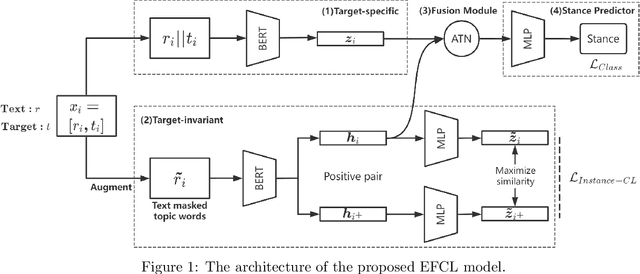
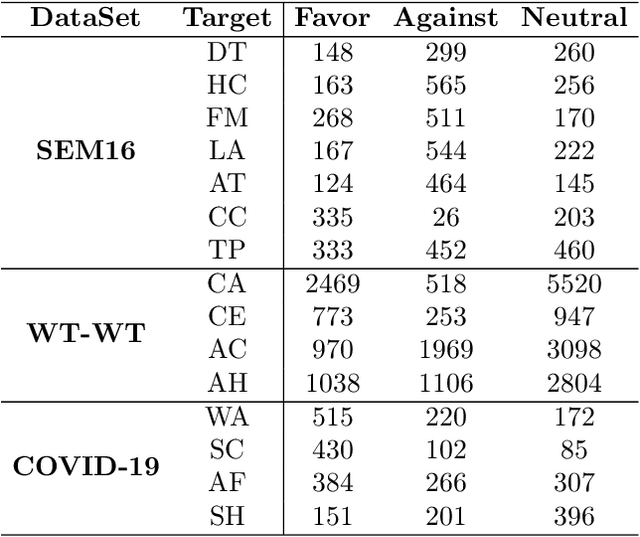
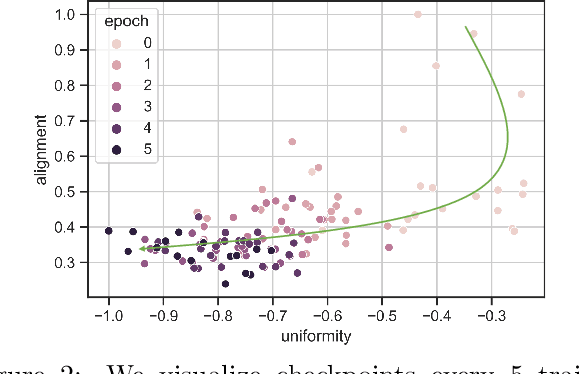
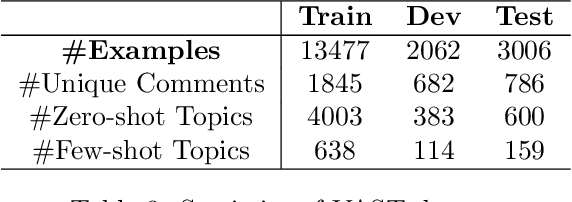
Abstract:Zero-shot stance detection is challenging because it requires detecting the stance of previously unseen targets in the inference phase. The ability to learn transferable target-invariant features is critical for zero-shot stance detection. In this work, we propose a stance detection approach that can efficiently adapt to unseen targets, the core of which is to capture target-invariant syntactic expression patterns as transferable knowledge. Specifically, we first augment the data by masking the topic words of sentences, and then feed the augmented data to an unsupervised contrastive learning module to capture transferable features. Then, to fit a specific target, we encode the raw texts as target-specific features. Finally, we adopt an attention mechanism, which combines syntactic expression patterns with target-specific features to obtain enhanced features for predicting previously unseen targets. Experiments demonstrate that our model outperforms competitive baselines on four benchmark datasets.
Adversarial Learning-based Stance Classifier for COVID-19-related Health Policies
Sep 13, 2022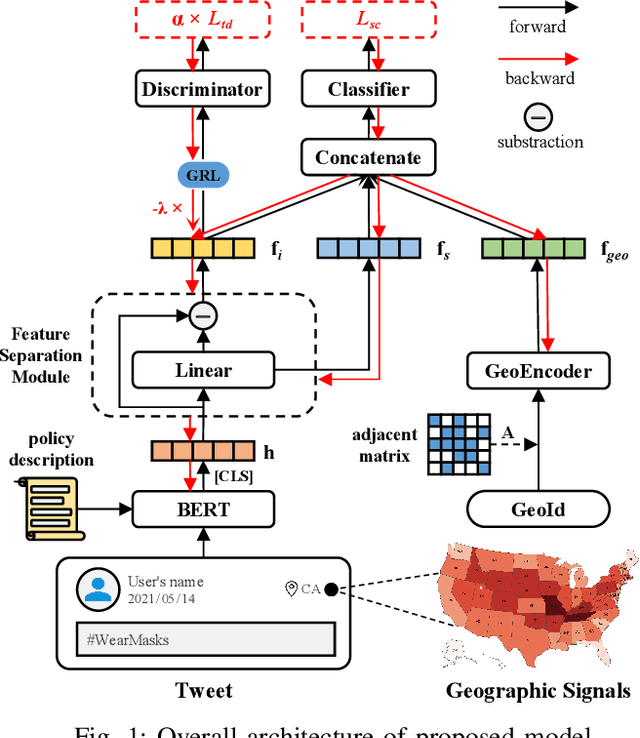
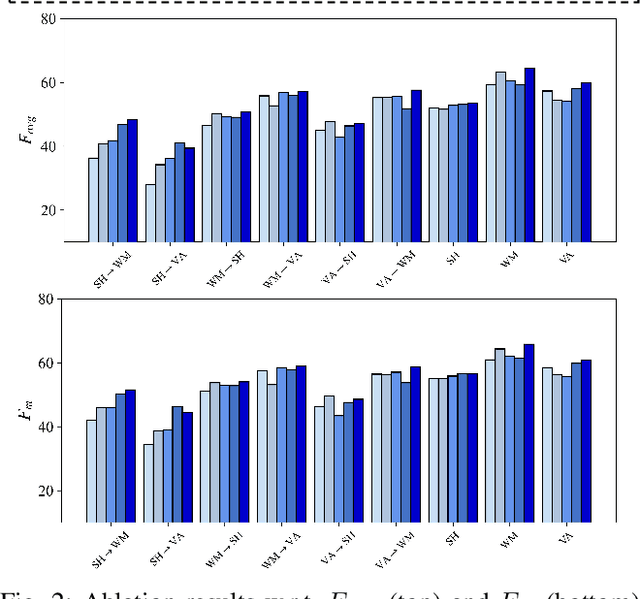
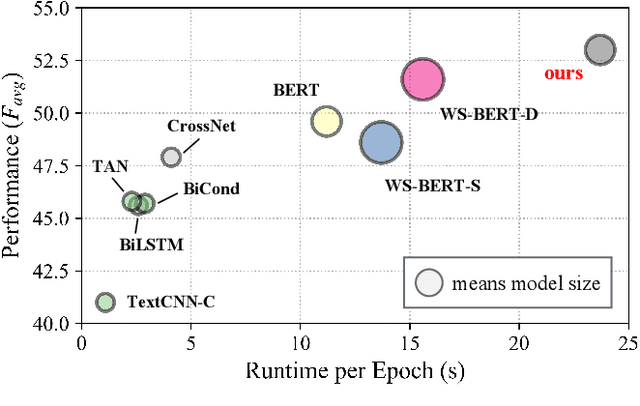

Abstract:The ongoing COVID-19 pandemic has caused immeasurable losses for people worldwide. To contain the spread of virus and further alleviate the crisis, various health policies (e.g., stay-at-home orders) have been issued which spark heat discussion as users turn to share their attitudes on social media. In this paper, we consider a more realistic scenario on stance detection (i.e., cross-target and zero-shot settings) for the pandemic and propose an adversarial learning-based stance classifier to automatically identify the public attitudes toward COVID-19-related health policies. Specifically, we adopt adversarial learning which allows the model to train on a large amount of labeled data and capture transferable knowledge from source topics, so as to enable generalize to the emerging health policy with sparse labeled data. Meanwhile, a GeoEncoder is designed which encourages model to learn unobserved contextual factors specified by each region and represents them as non-text information to enhance model's deeper understanding. We evaluate the performance of a broad range of baselines in stance detection task for COVID-19-related policies, and experimental results show that our proposed method achieves state-of-the-art performance in both cross-target and zero-shot settings.
Inter- and Intra-Series Embeddings Fusion Network for Epidemiological Forecasting
Aug 23, 2022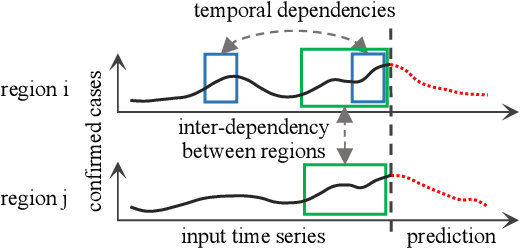

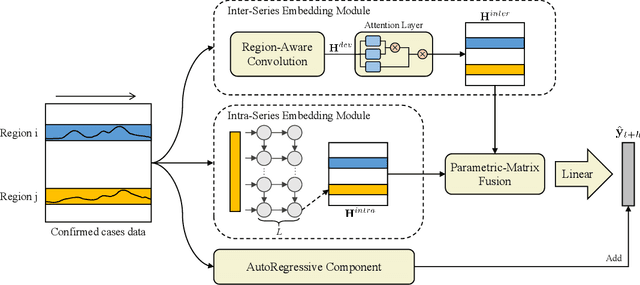
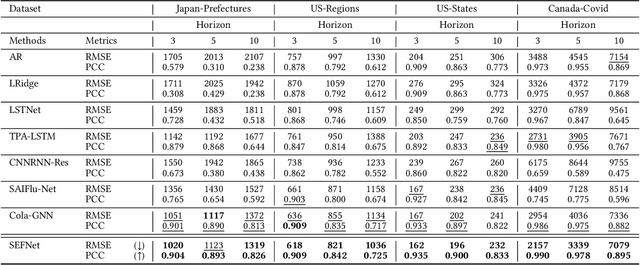
Abstract:The accurate forecasting of infectious epidemic diseases is the key to effective control of the epidemic situation in a region. Most existing methods ignore potential dynamic dependencies between regions or the importance of temporal dependencies and inter-dependencies between regions for prediction. In this paper, we propose an Inter- and Intra-Series Embeddings Fusion Network (SEFNet) to improve epidemic prediction performance. SEFNet consists of two parallel modules, named Inter-Series Embedding Module and Intra-Series Embedding Module. In Inter-Series Embedding Module, a multi-scale unified convolution component called Region-Aware Convolution is proposed, which cooperates with self-attention to capture dynamic dependencies between time series obtained from multiple regions. The Intra-Series Embedding Module uses Long Short-Term Memory to capture temporal relationships within each time series. Subsequently, we learn the influence degree of two embeddings and fuse them with the parametric-matrix fusion method. To further improve the robustness, SEFNet also integrates a traditional autoregressive component in parallel with nonlinear neural networks. Experiments on four real-world epidemic-related datasets show SEFNet is effective and outperforms state-of-the-art baselines.
 Add to Chrome
Add to Chrome Add to Firefox
Add to Firefox Add to Edge
Add to Edge